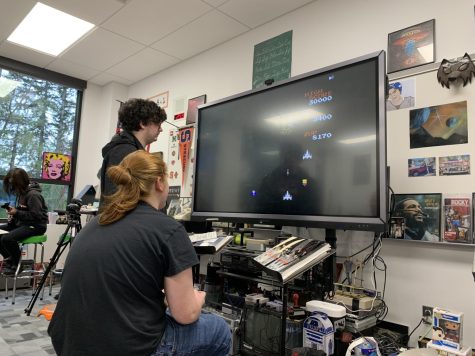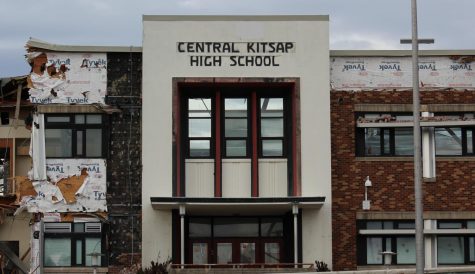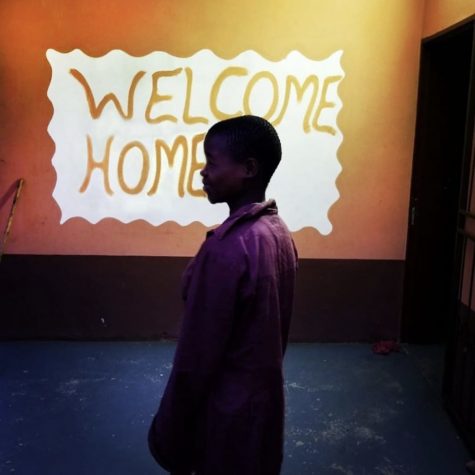The Results of State Funding
Was it enough?

Washington State Capitol Building, Olympia. Home of Washington State’s Government. Picture Credit: WEA
May 5, 2018
In January of 2012, the Washington State Supreme court ordered funding for K-12 schools by the state. This was required by Article IX of the Washington State Constitution stating that, “It is the paramount duty of the state to make ample provision for the education of all children residing within its borders, without distinction or preference on account of race, color, caste, or sex.” The state was then ordered to contrive a plan that would properly fund education statewide and to report progress in a few years. Two years passed and the court found that the Legislature was unable to establish any proper funding plans for the state’s 1.1 million students. The Supreme Court responded by fining the state $100,000 a day. In 2018, the Legislature approved 1 billion dollars as ordered by the Supreme Court in November. The real question is, was this enough?
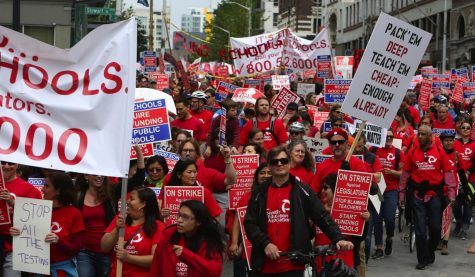
Picture Credit: Seattle Times
In 1978, The Seattle School District won a Supreme Court ruling indicating that it was the paramount duty of the state to amply fund education. To meet this requirement, the state was required to fund basic education, which they largely failed on. Every year afterwards, the state consistently paid less and less. It wasn’t until 2007 when two families, one of which named McCleary, backed by school district and advocacy group sued the state over under the allegation that the state had once again failed it’s constitutional duty. The Supreme Court agreed with this allegation in 2012. Under this agreement did the Supreme Court begin ordering the Legislature to pay the funds. As stated before, they did not. Thus the fining begins.
On multiple occasions, has the legislature stated that they have payed 8.3 billion dollars. This number has been found to be misleading. The plaintiffs have stated that, “”The State asserts big dollar ‘increase’ numbers to suggest the 2017 legislature’s appropriations comply with this Court’s order, e.g., an ‘$8.3 billion increase.’ Such numbers are . . . irrelevant to the question at hand for at least three reasons: First, many [dollars] come from adding up four years of proposed annual increases going out into the future – not the increase applicable to the upcoming fiscal year in which the September 1, 2018 deadline [falls].” This is where the 1.451 billion dollar number originates from as it is the more truthful.

Picture Credit: KUOW
The recent 1 billion dollars spent could the mean an advent of a solution to a number of the problems that Washington State faces. According to Representative Sherry Appleton “Washington State ranked very poorly in paying teacher salaries. According to Washington Education Association, our state ranked last in average salaries for teachers on the west coast, and 42nd in cost-of-living-adjusted teacher salaries.” According to her, the money spent could fix this. “I’ve been trying for years to get educators higher salaries, so I consider the additional billion dollars a victory to our hard working teachers”, she said. A cause for teachers being underfunded could be the recent economic recession. According to Representative Appleton, “A big part of our current problem stems from the great recession and our slow recovery.”
Losing teachers seemed to be a major concern. “When we are not providing proper funds to pay our teachers-we lose them,” stated Representative Appleton. “They move on to other higher paying careers, or states that pay higher teacher’s wages. When we lose good teachers, our students do not get the education that they deserve.”
Another major problem that the state faced was the violation of student rights though the lack of funding. “Our state has an obligation to educate our children-plain and simple,” said Representative Appleton. The courts ruled that the funding provided for the schools was not enough to meet standards, and therefore violating students constitutional rights to education.
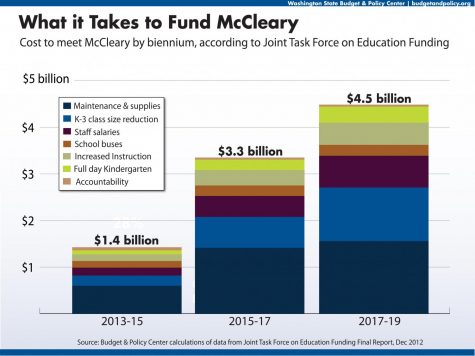
Credit: Washington Budget and Policy Center
However, according to Christine Rolfes, a senator for Washington State, one may have to look deeper than this. “I think that you would have to look at different school districts to see whether that is true,” said Rolfes. “The state gives each district the funding to run schools and pay teachers, and each district will decide to spend that money differently.” So whether or not it is an intentional denial of student rights depends very heavily on how the school district spends its money to try and meet its needs.
Representative Drew Hansen hopes that, “we will see some real improvements in student outcomes as a result of this investment.”
While some senators believed that the funding was adequate for the state, Senator Rolfes believes that “More should have been spent on special education services, and on staff that the state currently does not fund, like school nurses, counselors, and librarians.” Rolfes says that the funding provided to each district might not be going towards things to give “equal access for every student.”
Regardless of what the money went to and if it was well spent or not, Representative Hansen states that, “There’s always more that you can do productively, but right now, in a supplemental budget year, I think we ended at the right number.” This is indeed
The McCleary case has been going for more than a decade, and this year the Supreme Court found the legislatures had not made a plan for education funding. When the courts realized this, they chose to fine the legislatures $100,000 a day.
In a case much like this one, looking forwards is always very important. According to representative Appleton, to solve this problem in the future, “We need a dedicated revenue stream in the budget for education and educators. If we have a dedicated revenue stream, we can’t use the money for anything else that comes up short in the budget.”
Investment of funding remains something that will have to continue for public schools. According to senator Rolfes, “The legislature will have to continue to invest new funding in public schools, this responsibility will never go away. However, in the past we have been talking about adding billions of dollars a year.”
As stated above, the future of Washington State’s education system depends on funding to prosper. While there is definitely more to be done, what has been done is most definitely a step up from the complete lack of funding in the past.


